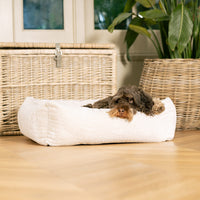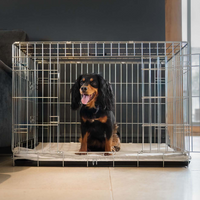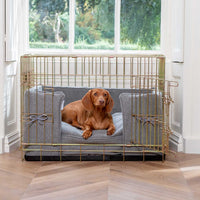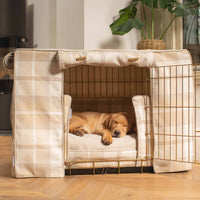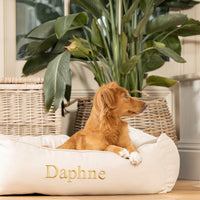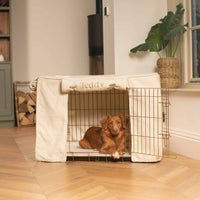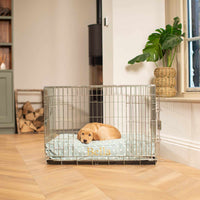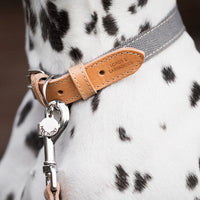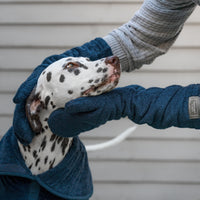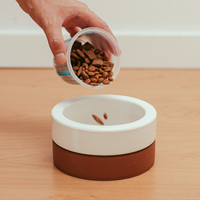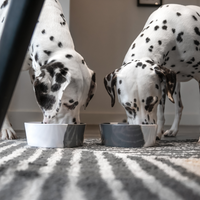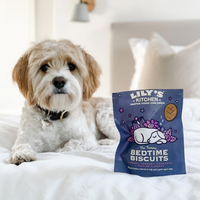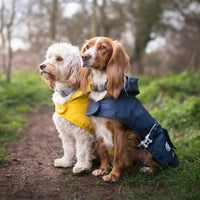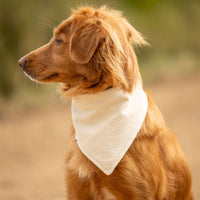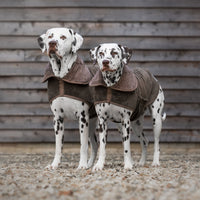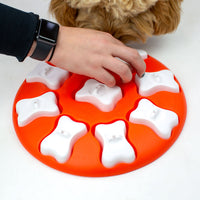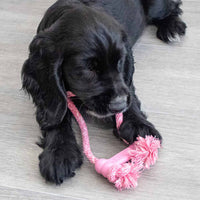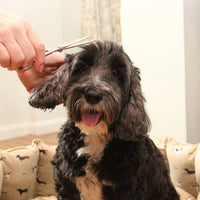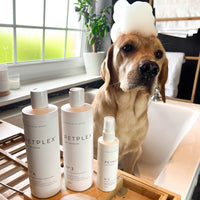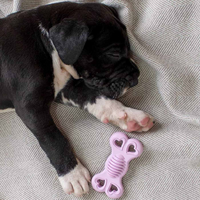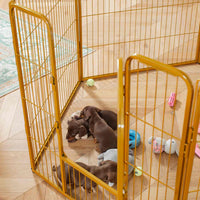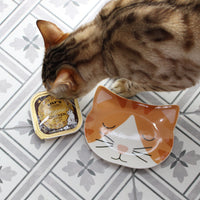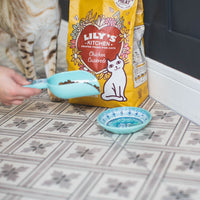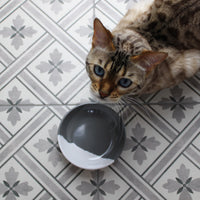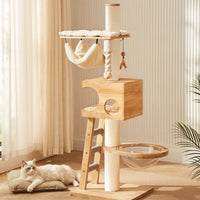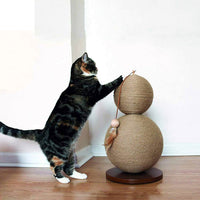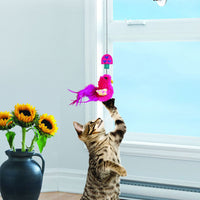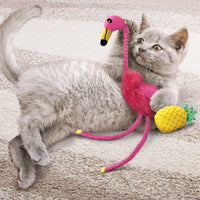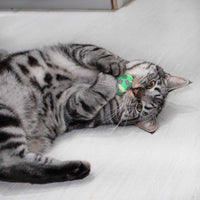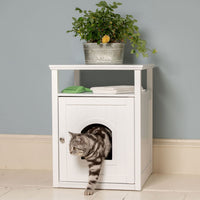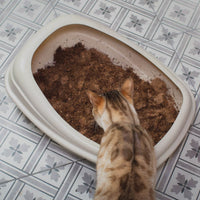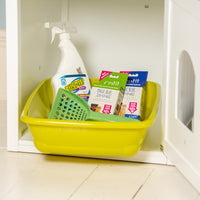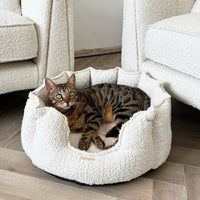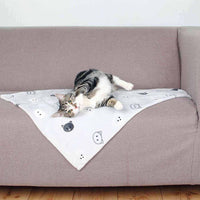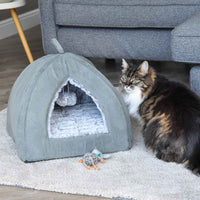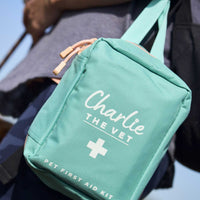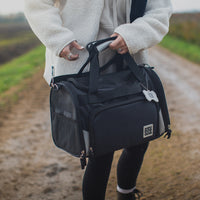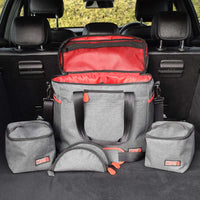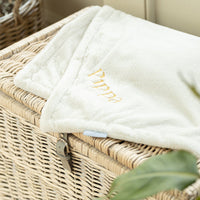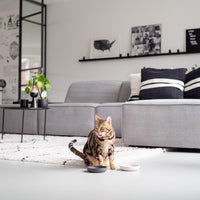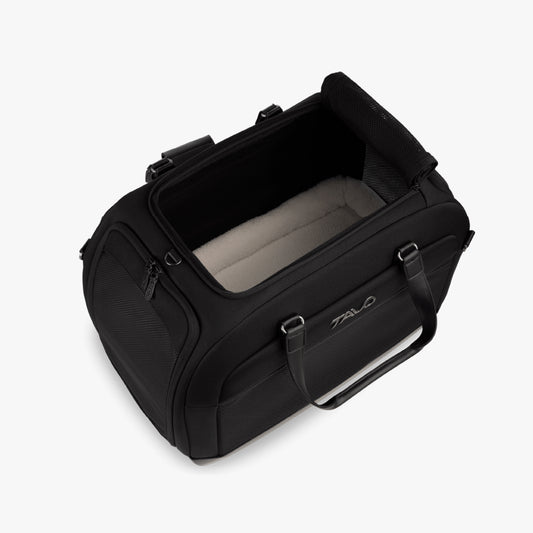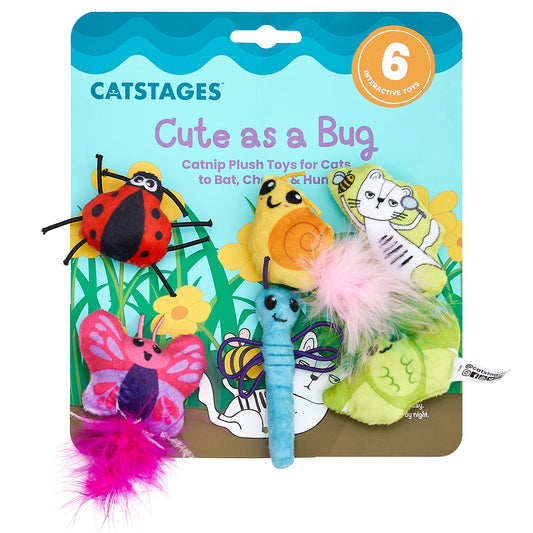Firstly, congratulations on your new family member! As new puppy owners, bringing them home may be quite daunting and often overwhelming. There are lots of advice and lists available to you, however often with conflicting information which can leave new puppy owners quite confused. We've compiled 10 questions we're often asked from our puppy owners, which may just help with any questions you have regarding your new puppy and how they settle with you.
How Far Can I Walk My Puppy?
You need to be careful not to over-walk your new pup as they are still growing and there is the potential to damage joints and cause early arthritis. The most common guide is to walk your puppy for 5 minutes for each month of age, i.e. 15 minutes per walk for a 3 month old puppy, and to walk your puppy twice a day. Once your puppy is twelve months old, build up their fitness as you would your own. Some breeds will naturally require more exercise, such as Huskies, whilst others will be happy with an average walk two or three times a day.
Remember not to walk your puppy on a full stomach as this can cause bloating, and ensure they have all of their relevant injections and they're safe to go for a walk.
Do I Need Pet Insurance?
We'd recommend getting your puppy insured as soon as possible. We'd tend to opt for a lifetime pet insurance, which luckily our friends at Waggel provide. Having pet insurance is like having a guardian angel for your pup, you have peace of mind if anything should happen, your pup is covered and can get access to only the best care - after all, our pets only deserve the best.
How Should I Travel Home With My Puppy?
Take a soft carrier, an anti-spill travel bowl, water, wet wipes, kitchen roll, plastic bags, rubber gloves and puppy training mats.
Line your travel bag with a puppy training mat so if your puppy has an accident or vomits, you can just roll it up, pop it in a plastic bag and dispose of it. Remember to replenish with a fresh mat just in case. It's best not to put blankets or toys in the carrier just in case your puppy does soil on the way home. Your puppy can enjoy all of their new play things when you arrive home.
Your puppy may well not have been fed before he/she leaves to prevent sickness, but you can offer a drink of fresh water from a travel bowl on the way home if you're travelling far. Don't forget to stop for a toilet break as your puppy's small bladder may not be able to hold much.
Lastly, travel with your puppy in the car with you, either the front or the back seat, rather than the boot. If you have people with you, all the better; let your puppy sit next to someone in the back seat to reassure them.
When Can I Take My Puppy Outside?
You can take your puppy outside immediately, but do avoid communal areas until 2 weeks after they have had their second vaccination. Your pup can be held whilst walking down the street to get used to traffic noise, but don’t put them down on the pavement. It’s also best to stay away from beaches and parks until puppy is fully vaccinated.
You can start lead training, loo training and begin steps towards recall and obedience, all before puppy goes out fully, by practicing in your garden/home.
How Much Socialisation Should My Puppy Have?
The first 8-14 weeks of your puppy’s new life with their human family are extremely important in shaping how they feel and react to circumstances in the future.
People can be very cautious with a new puppy, not taking them out very much due to concerns about vaccinations. However, there are lots of things that can be done in the time before vaccinations are complete - your pup can be supervised in the garden for example. If you take them to a friends house do double check their own pets are fully vaccinated and all up-to-date. Puppy should meet as many types of people (for example, tall, short, bearded, deep voiced, children) and other types of animals like pet rabbits and cats where possible.
It is really important that each new experience your puppy has is positive. Try not introduce your puppy to new situations in a way that will encourage them to develop negative connotations. Think about how you will introduce them to certain animals and people. For example, when introducing them to larger dogs, perhaps hold them and allow them to be high up, rather than allowing them on the floor where they have no ‘back-up’. Take each introduction in stages, introducing them in slightly different ways when things go well.
Puppies do need lots of rest, so don’t over-do it. They can sleep for up to 16 hours in a 24 hour period, so it’s important, for children especially, to let puppy sleep when they need it.
And remember; don’t get too stressed, as this will rub off on puppy!
How Often Should I Get My Dog Trimmed?
Grooming is a great way to bond with your new puppy. Some shorter haired breeds will only require the occasional brush whilst other longer haired types will require more coat care and the odd trim.
If you have a long or semi-long haired dog, then daily grooming will be essential and brushing should become part of your daily routine. A slicker brush or similar, is great for getting to the undercoat. Remember to part the hair and brush from the root, being careful with knots.
Most people with long haired dogs will get them trimmed 4-5 times per year. It can come down to your individual preference and how you like your particular pet to look, but trimming is also a practical consideration as it can help keep your pup cool in summer and avoid them getting too dirty in the winter.
How Often Should I Bathe My Puppy?
Puppies can get mucky really quickly! Often getting wee or poo on their feet or bodies whilst they are training, or getting soil or mud on them from the garden. Like babies, puppies can have sensitive skin, especially white, pink-skinned breeds such as West Highland Terriers. Over stimulation of the coat can strip natural oils and leave your puppy with dry and itchy skin. Only bathe your puppy when needed and use products designed specifically with puppies in mind.
There are lots of products available for quickly freshening up your puppy such as Animology’s Clean Sheets, which are essentially baby wipes for dogs: brilliant for wiping dirty paws. Animology’s Puppy Fresh Spray is also a useful product to use in-between bath times: keeping the coat fresh and clean without stripping the natural oils.
When bath time does come around, make sure you use a gentle shampoo, not a baby or human one.
What Do I Do If My Puppy Cries At Night?
It is very normal that your puppy will cry for you the first few nights. Generally they are not crying for mum, but for their missed siblings who they are used to snuggling up to at night. The important thing is to establish a routine as quickly as possible. Try to put puppy in their crate at the same time every night and say a common word such as ‘night night’ so they start to recognise what is going to happen each evening.
Using a Lords & Labradors crate cover over the crate can make your puppy feel more relaxed and content as the crate becomes more den like, offering a feeling of security. A sided-bed, like the Cosy & Calming Puppy Crate beds or our Grow With Me beds can be placed in the crate for added warmth and comfort. In the early days, put a puppy scent blanket with the scent of mummy in the crate with them (and you could add one of your old t-shirts as they begin to bond with you too) as this will also help them to settle.
The best way to approach crying is to reassure your puppy on night one, and then gradually leave them for longer periods. By night three or four they will begin to get the gist of the routine, knowing you will be back in the morning.
Should I Change My Puppy’s Food?
Your puppy should be eating a good quality food, full of all the nutrients required to grow into a healthy dog. Most reputable breeders will have given them a good start on a nutritious food and may have given you - as the new owner - the same food to take home. Puppies have very sensitive tummies and any changes can affect them – the most common one is moving home. The worst thing any new puppy owner can do is immediately change puppy’s diet as this will compound the problem.
Essentially, it is up to the new owner what to feed their puppy in the long-term. Decisions are often based on the opinions of vets, other owners and breeder recommendations. Whatever food you are passionate about, be it raw, baked or a particular brand, ensure you don’t change their food until they’ve been with you for at least 3 months and then only very gradually, monitoring stools daily.
What Should I Do If My Puppy Has Loose Stools?
Puppies often get an upset tummy when they move home due to stress. Outwardly they can appear content and happy, but the change of environment, water and routine can take its toll.
Generally, runny tummies settle within a week of the move and stools should become a more log-like shape. However, if the stool is becoming more runny, jelly like or has blood in it, it is possible that your puppy could have worms, campylobacter or giardia. The blood is caused by the irritation to the bowel and is not something to get unduly worried about. All of the mentioned ailments are easy to clear up with a course of Flagyl and Penacur from your vet.
Overall, don’t get too upset or panicked. These initial stages are normal for many new puppy owners. Your puppy will get better and lead a perfectly normal, active life – there is nothing fundamentally wrong.


